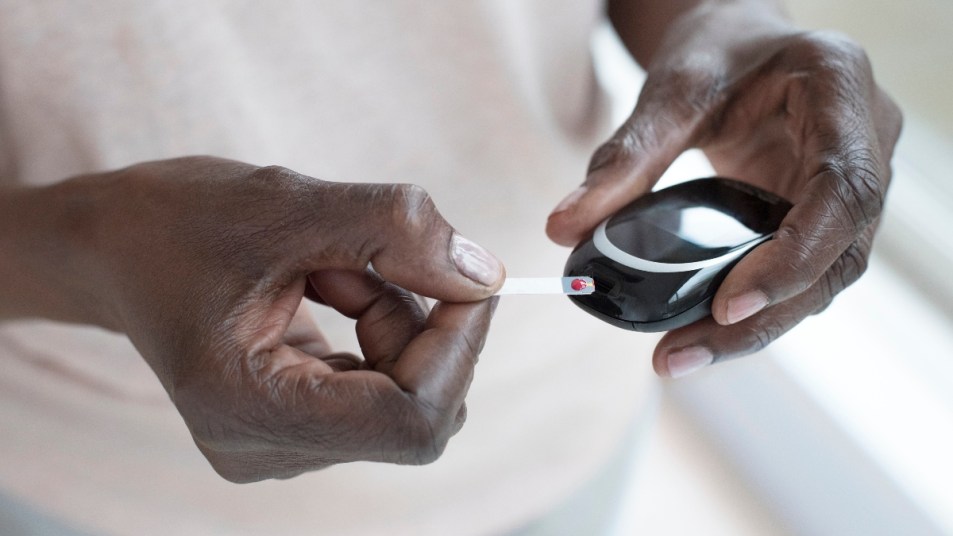Expert Advice: Will Hormone Therapy for Menopause Help Stabilize My Blood Sugar?
Studies show that it has helped some women.

The menopause journey looks different for everyone, but many women share similar, debilitating symptoms. Doctors sometimes brush them off as normal or as something you simply have to endure. However, you don’t have to live without treatment if your symptoms are disrupting your day. Some research shows that certain treatments may even help with other conditions.
Take diabetes, for example; this week, one of our readers asked our experts whether hormone therapy could also help keep her blood sugar under control.
Meet our expert panel.
Barbara DePree, MD, is a gynecologist in private practice and director of Women’s Midlife Services at Michigan’s Holland Hospital. A Certified Menopause Practitioner, she is the founder of MiddlesexMD.com, an educational resource for women’s sexual health in perimenopause and beyond. To ask her a question, send an email to health@firstforwomen.com.
Hormone Therapy for Blood Sugar
Q: I’m 53. I never needed hormone therapy for my menopause symptoms, but I read it might help stabilize my blood sugar. I’m a type 2 diabetic, and lately, my blood sugar is erratic and especially high in the mornings. Should I try hormone therapy?
A: Surprisingly, estrogen and progesterone do influence insulin function, and when levels of these hormones drop, it can disrupt blood sugar. So hormone therapy (HT) can be beneficial: Studies show it can prevent type 2 diabetes. Your doctor can help you determine if you’re a good candidate.
But if you’d rather go with natural strategies to stabilize your blood sugar in the morning, try eating a high protein, low-carb snack, like a handful of nuts, before bed and having breakfast soon after you wake up. These strategies can ward off dawn phenomenon, which occurs when insulin-raising hormones (cortisol and glucagon) are released during the night, triggering morning blood-sugar spikes for people with diabetes.
A version of this article originally appeared in our print magazine, First for Women.













